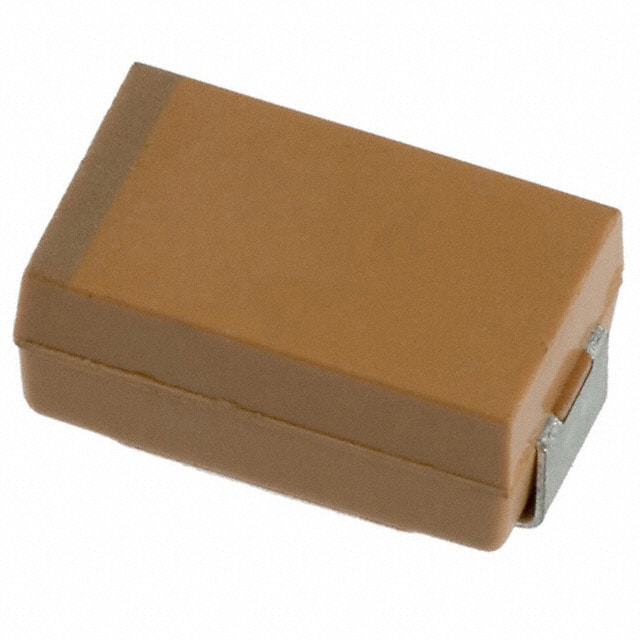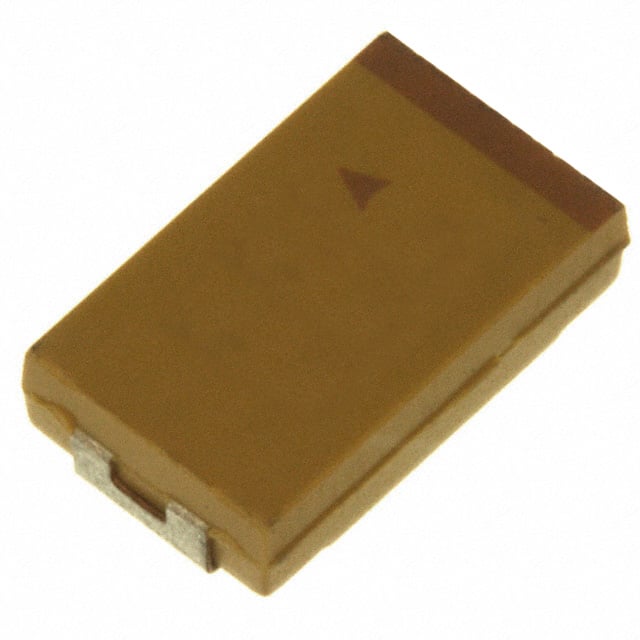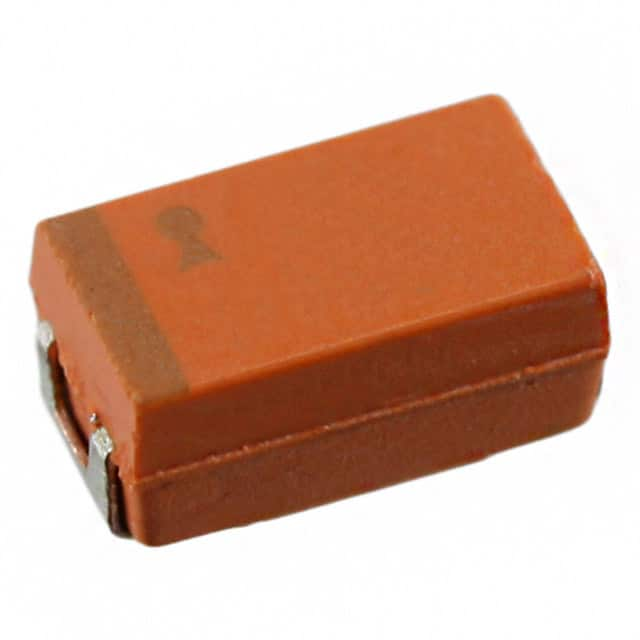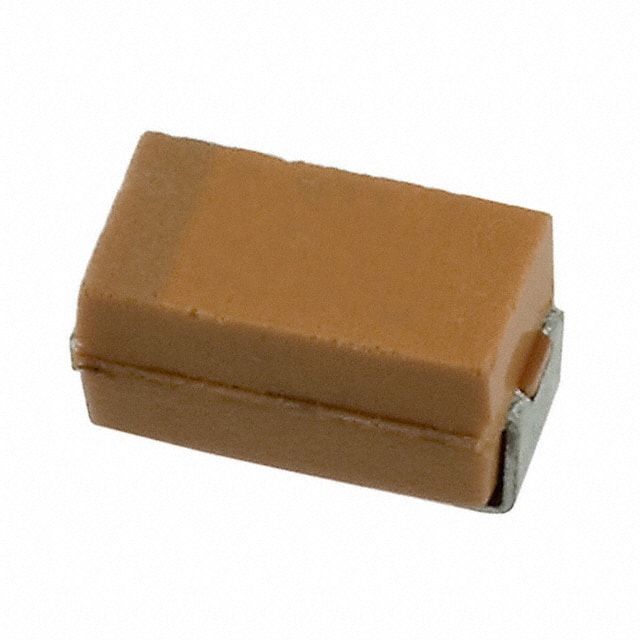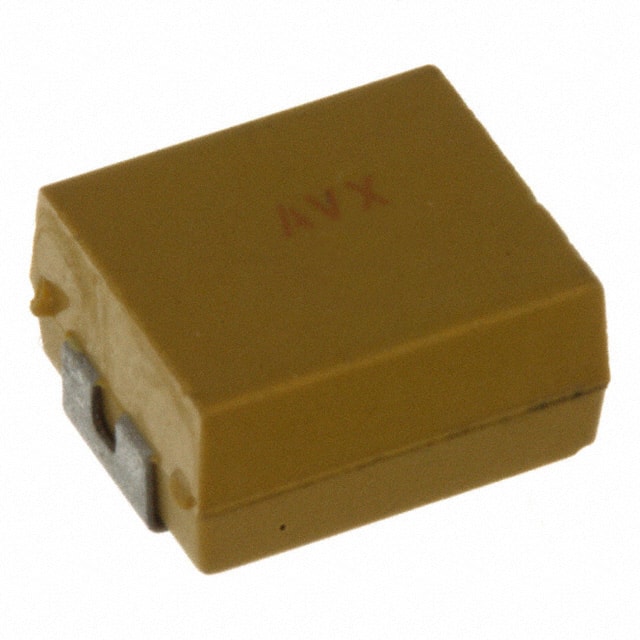Niobium Oxide Capacitors
Niobium oxide capacitors are solid electrolytic capacitors based on niobium oxide (NbO) anode materials. They are mainly used to replace traditional tantalum capacitors and have the following characteristics and applications:
I. What are the Basic Characteristics of Niobium Oxide Capacitors?
1) Material Structure
The anode material uses niobium oxide (NbO) instead of traditional tantalum metal, and the dielectric is niobium pentoxide (Nb₂O₅).
It is a non-tantalum material solution with a better raw material supply chain and cost advantages.
2) Performance Advantages
High Safety: The ignition energy of niobium oxide is higher than that of tantalum metal, and the thermal damage impedance is significantly improved after dielectric breakdown, reducing the risk of failure by 95%.
Stability: The leakage current stability is better than that of traditional niobium metal capacitors.
Lightweight: The density of niobium oxide powder is only half of that of tantalum powder, and the weight of capacitors of the same size is reduced by about 25%.
2. Where are Niobium Oxide Capacitors Used?
Consumer Electronics: portable devices such as laptops, digital cameras, PDAs, 3G mobile phones, etc., suitable for flat design requirements.
Industry and Automotive: In medical, automotive electronics, and military equipment, it is used for power filtering, signal processing, and other scenarios.
Energy Storage and Tuning: It can be applied to pulse power supply energy storage, high-frequency circuit tuning, noise reduction, and voltage stabilization circuits.
3. Comparison of Technical Advantages
1) Comparison with Tantalum Capacitors:
Cost: Niobium ore reserves are more abundant and the cost of raw materials is lower.
Reliability: There is no microphonic effect of ceramic capacitors, and the ability to resist short-circuit failure is stronger.
Frequency Response: High-frequency response speed is fast, and suitable for complex signal processing requirements.
2) Comparison with Traditional Electrolytic Capacitors: Smaller size, the capacitance value can reach thousands of microfarads, taking into account high capacity and miniaturization.
Niobium oxide capacitors are gradually becoming an ideal alternative to tantalum capacitors due to their high safety, lightweight, and stable performance.

